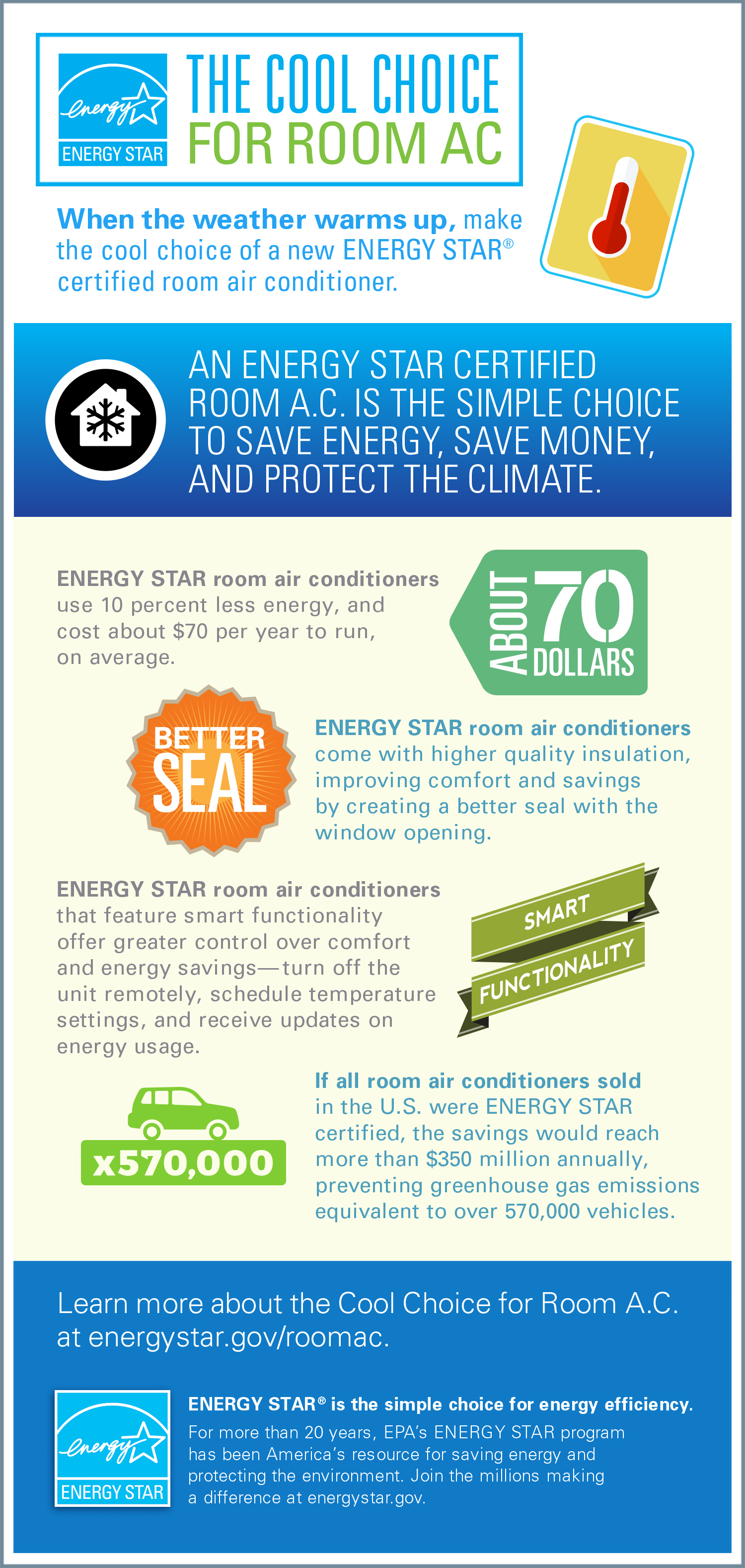The Ultimate Overview To Comprehending Warmth Pumps - How Do They Work?
The Ultimate Overview To Comprehending Warmth Pumps - How Do They Work?
Blog Article
Posted By-Whitfield Cates
The best heatpump can conserve you substantial amounts of money on energy bills. best heat pump on the market can also help in reducing greenhouse gas discharges, especially if you make use of electricity instead of fossil fuels like gas and heating oil or electric-resistance heaters.
Heatpump work quite the like ac unit do. This makes them a feasible alternative to standard electric home furnace.
Exactly how They Function
Heat pumps cool homes in the summer and, with a little help from electrical energy or natural gas, they supply several of your home's home heating in the winter season. They're an excellent option for individuals that intend to reduce their use fossil fuels however aren't ready to replace their existing furnace and cooling system.
They count on the physical truth that also in air that appears also cool, there's still power existing: cozy air is constantly relocating, and it intends to relocate into cooler, lower-pressure settings like your home.
A lot of ENERGY celebrity certified heat pumps operate at near to their heating or cooling capacity throughout the majority of the year, decreasing on/off cycling and conserving power. For the very best performance, concentrate on systems with a high SEER and HSPF score.
The Compressor
The heart of the heat pump is the compressor, which is also known as an air compressor. This mechanical moving tool utilizes prospective energy from power production to raise the stress of a gas by reducing its quantity. Read More At this website is different from a pump in that it only works with gases and can't deal with liquids, as pumps do.
Climatic air enters the compressor with an inlet shutoff. electronic repairs christchurch travels around vane-mounted arms with self-adjusting size that split the inside of the compressor, producing several dental caries of varying size. The rotor's spin pressures these dental caries to move in and out of stage with each other, compressing the air.
The compressor pulls in the low-temperature, high-pressure refrigerant vapor from the evaporator and presses it right into the warm, pressurized state of a gas. This procedure is duplicated as required to provide heating or air conditioning as required. The compressor additionally has a desuperheater coil that reuses the waste warmth and adds superheat to the refrigerant, altering it from its liquid to vapor state.
The Evaporator
The evaporator in heatpump does the exact same point as it performs in refrigerators and ac system, changing liquid refrigerant right into a gaseous vapor that removes heat from the space. navigate to this web-site would not function without this critical tool.
This part of the system lies inside your home or structure in an indoor air trainer, which can be either a ducted or ductless unit. It consists of an evaporator coil and the compressor that compresses the low-pressure vapor from the evaporator to high pressure gas.
Heat pumps absorb ambient warmth from the air, and after that utilize electricity to transfer that warmth to a home or organization in home heating mode. That makes them a whole lot much more energy effective than electric heating units or furnaces, and due to the fact that they're utilizing clean electricity from the grid (and not melting gas), they likewise produce far fewer emissions. That's why heat pumps are such great ecological selections. (As well as a big reason they're becoming so prominent.).
The Thermostat.
Heatpump are wonderful options for homes in cold environments, and you can utilize them in mix with traditional duct-based systems and even go ductless. They're a fantastic alternate to nonrenewable fuel source heater or traditional electric furnaces, and they're much more sustainable than oil, gas or nuclear a/c devices.
Your thermostat is one of the most crucial element of your heat pump system, and it functions really in different ways than a conventional thermostat. All mechanical thermostats (all non-electronic ones) job by utilizing materials that transform size with increasing temperature level, like coiled bimetallic strips or the expanding wax in an automobile radiator shutoff.
These strips contain two different kinds of metal, and they're bolted together to form a bridge that completes an electric circuit connected to your cooling and heating system. As the strip obtains warmer, one side of the bridge expands faster than the various other, which causes it to flex and indicate that the heater is required. When the heat pump remains in home heating mode, the reversing shutoff turns around the circulation of refrigerant, so that the outside coil currently functions as an evaporator and the interior cylinder ends up being a condenser.